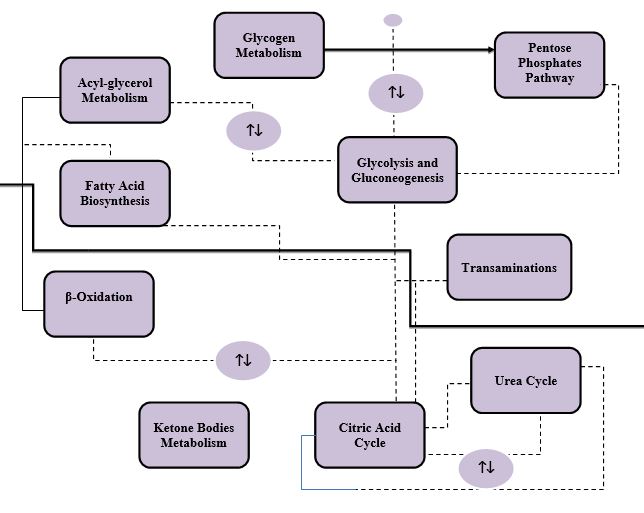Background
Metabolism is a complex chain of chemical reactions that occur in living cells and, therefore, they allow those cells to properly function, grow, and reproduce. Such reactions also help the cells retain their structures and naturally respond to the environments in which they live (Satyanarayanaa and Chakrapani, 2020). More specifically, metabolism encompasses a broad range of enzyme-catalyzed reactions which transform external to the cell substrates into various internal products.

The Central Processes
The fundamental strategy of catabolic metabolism is to form adenosine triphosphate (ATP), a chemical compound responsible for providing energy to regulate different processes in living cells. It also includes power reduction and generating blocks for the biosyntheses (Satyanarayanaa and Chakrapani, 2020). The metabolomic processes fluctuate from one organism to another as they are significantly dependent on environmental factors. The main categories of metabolic reactions imply a degradation of nutrients, biosynthesis of small molecules, and biosynthesis of large molecules. Metabolomic pathways are irreversible, regulated, and each of them has a first mandatory step. With this said, metabolism is based on highly interconnected pathways, with each playing a pivotal role as a crucial source of energy in the organism.

The Main Metabolic Pathways

Reference
Satyanarayana, U., & Chakrapani, U. (2020). Biochemistry (5th ed., updated and revised edition). Elsevier Health Sciences.